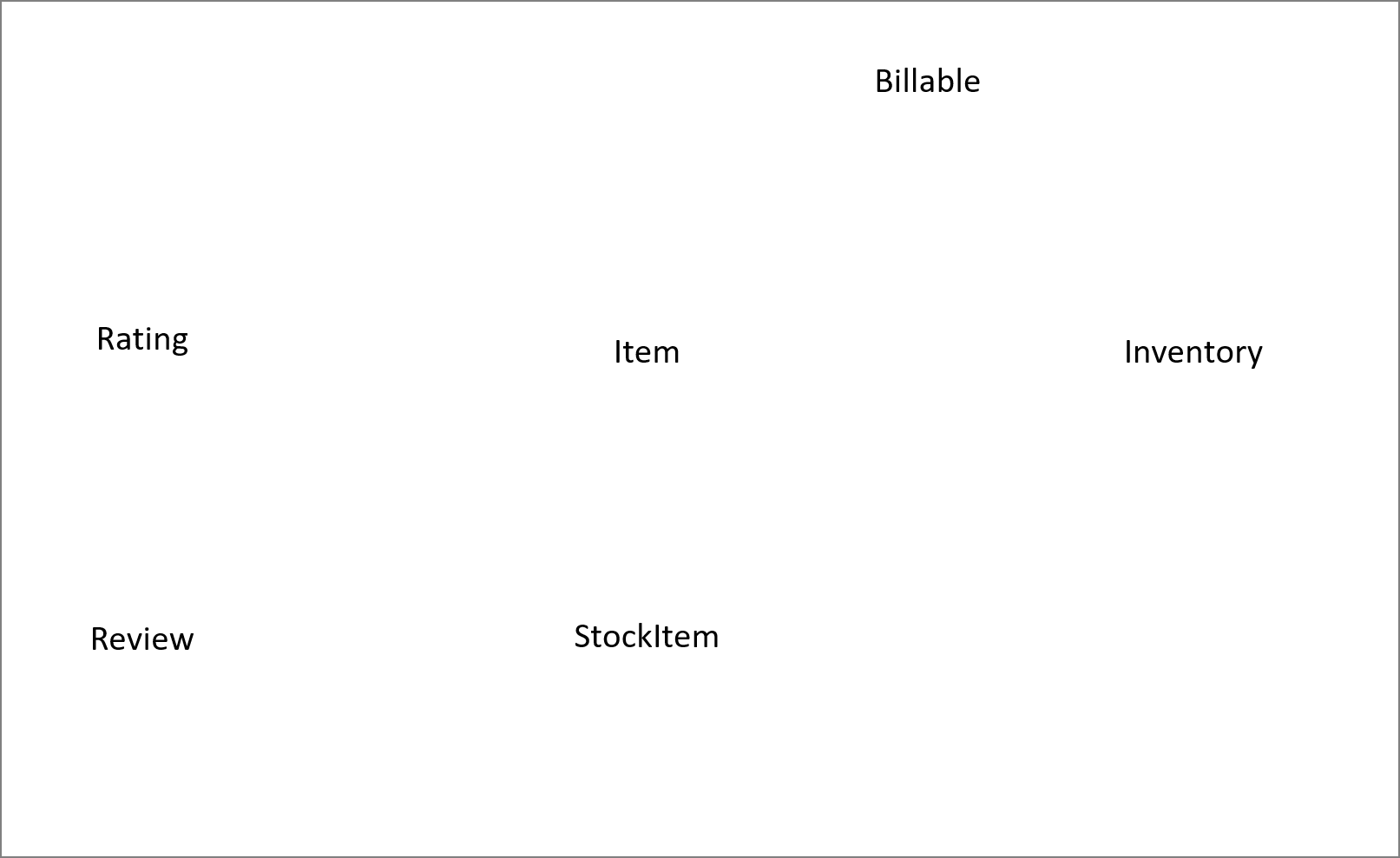This site is from a past semester! The current version will be here when the new semester starts.
Individual Project (iP):
Team Project (tP):
Week 12 [Fri, Oct 30th] - Lecture
1 Exercise: draw a class diagram and an object diagram
- [before the lecture] Do the following exercise (you may hand-draw or use a drawing software e.g. PowerPoint, draw.io).
Use the following layout:

Draw a Class Diagram for the code (StockItem, Inventory, Review, etc.)
Consider the code below:
public interface Billable {
void bill();
}
public abstract class Item
implements Billable {
public abstract void print();
}
public class StockItem extends Item {
private Review review;
private String name;
public StockItem(
String name, Rating rating) {
this.name = name;
this.review = new Review(rating);
}
@Override
public void print() {
//...
}
@Override
public void bill() {
//...
}
}
public enum Rating {
GOOD, OK, POOR
}
public class Review {
private final Rating rating;
public Review(Rating rating) {
this.rating = rating;
}
}
import java.util.List;
public class Inventory {
private List<Item> items;
public int getItemCount() {
return items.size();
}
public void generateBill(Billable b) {
// ...
}
public void add(Item s) {
items.add(s);
}
}
(a) Draw a class diagram to represent the code. Show all attributes, methods, associations, navigabilities, visibilities, known multiplicities, and association roles. Show associations as lines.
(b) Draw an object diagram to represent the situation where the inventory has one item named spanner and a review of POOR rating
i.e., new Inventory().add(new StockItem("spanner", new Review(Rating.POOR))).
2 v2.0 demo
- Demo v2.0 to the teaching team